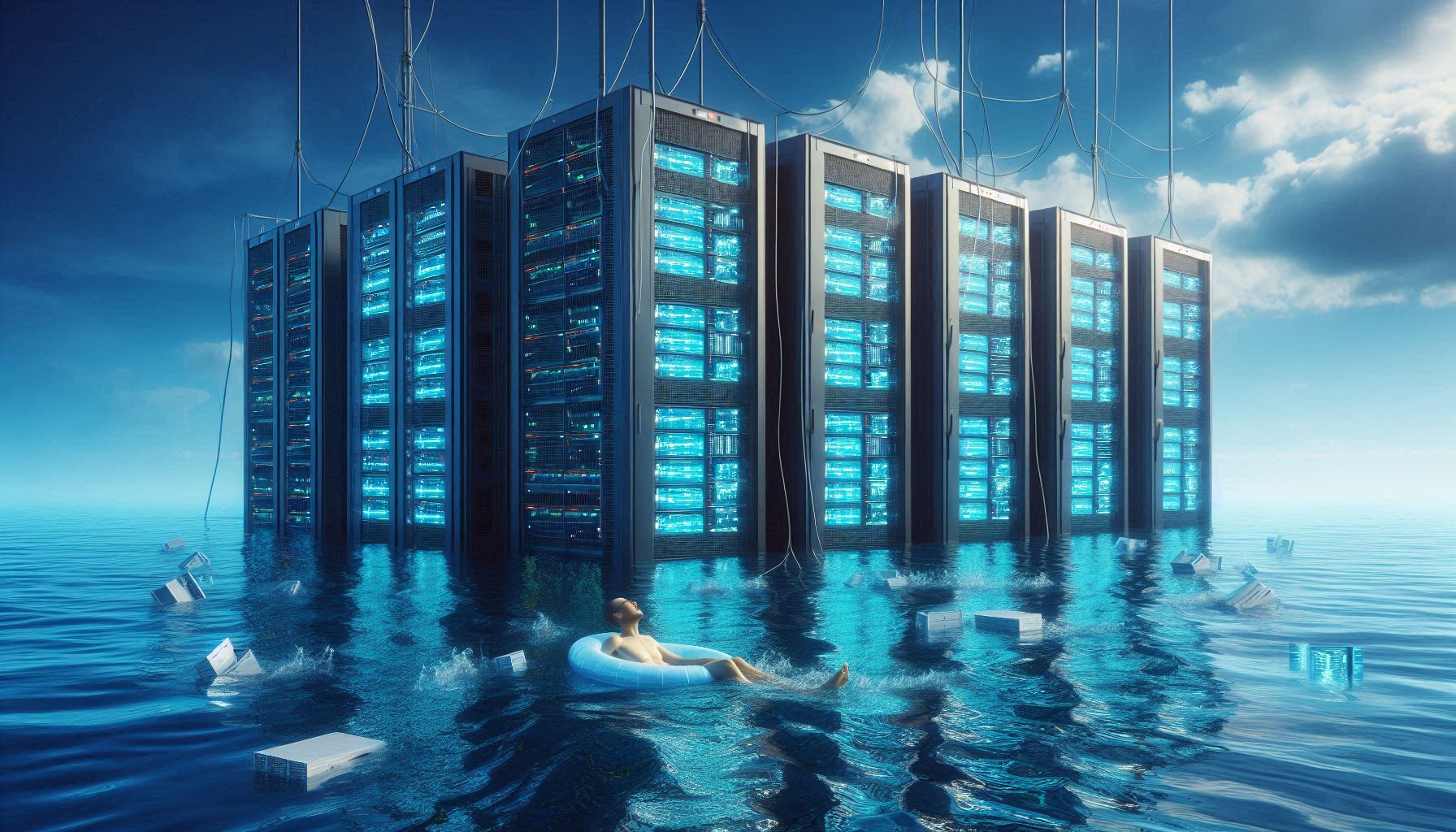 BIG DATA
BIG DATA
 BIG DATA
BIG DATA
 BIG DATA
BIG DATA
Concerns are being raised over the environmental impact of Virginia’s data centers after a report revealed they have increased their water consumption by almost two-thirds in the last five years.
With the rapid adoption of artificial intelligence, there are fears that the situation will only get worse. The report by the Financial Times cites data obtained via freedom of information requests revealing that Virginian data centers used more than 1.85 billion gallons of water in 2023 alone, up from 1.13 gallons in 2019. The numbers reportedly come from water authorities in the counties of Fairfax, Loudoun, Prince William and Fauquier.
The extensive amount of water consumption is not a surprise, as Virginia is considered to be the data center capital of the world, home to more than 300 such facilities. The data centers mostly use water for cooling the servers and other racks of infrastructure they house, the main concern is that this consumption will only increase as the adoption of AI proliferates. That’s because AI training tasks are considered to be even more energy-intensive than regular computing workloads.
The report adds that some of Virginia’s data centers are located in water-stressed regions, including some areas that are suffering from ongoing drought.
Over the last decade, Virginia has seen considerable growth in its data center ecosystem amid the rise in cloud computing trends. According to the Northern Virginia Technology Council, the state witnessed a five-fold increase in data center capacity from 2015 to 2023.
Previously, concerns have been raised about the amount of land being taken up by data centers, and also the vast amounts of electricity used by such facilities. In 2023, a number of climate advocacy and historical preservation organizations teamed up to create the Virginia Data Center Reform Coalition. According to the environmental news website Grist, that organization says it’s worried that data centers are popping up at an alarming rate, without any consideration of the consequences of having so many concentrated in one area.
The Grist report added that in Loudoun county alone, data centers served by its water authority had increased their use of drinking water by 250% between 2019 and 2023. Worse, their water usage tends to peak during the summer, when the risk of drought is substantially higher.
Julie Bolthouse, director of land use at the Piedmont Environmental Council, a Virginia-based nonprofit organization, told the Financial Times that the report “raises questions about how sustainable the data center industry is.”
However, not everyone is as concerned as the environmentalists are. Michael Lesniak of the water systems company Aquatech International Inc. responded to the story on LinkedIn, where he pointed out that most data centers operating in Loudoun use recycled water originating from sewage treatment plants that would otherwise be dumped in the ocean at Chesapeake Bay.
Lensiak also claims that fears of water consumption increasing further are unsubstantiated, as most newer facilities, including those designed for AI workloads, will use “zero water” cooling systems.
Rob Enderle of the Enderle Group told SiliconANGLE that while it’s always a good idea to keep a close watch on the energy and resource consumption of data centers, the industry is clearly trending towards water conservation.
“New approaches like Lenovo’s warm water cooling system only use water initially to populate the system, and after that the water remains contained in the data center, being recycled again and again,” Enderle explained. “It only requires occasional flushing and replacement, and so it’s far more environmentally friendly compared to the older cold water-based systems that depend on evaporation.”
It’s notable that the biggest data center operators in the U.S. have all pledged to take action to address concerns over their water consumption. In 2022, Amazon Web Services Inc. announced a plan to become “water-positive” by the end of the decade, meaning it will return more water than it uses. The plan involves recycling water by its data centers, and making it available to farmers for irrigation.
On the other hand, Microsoft Corp. last year admitted that its data center water consumption did increase by about a third because of the rising demand for AI. However, it also plans to become water-positive by 2030.
THANK YOU